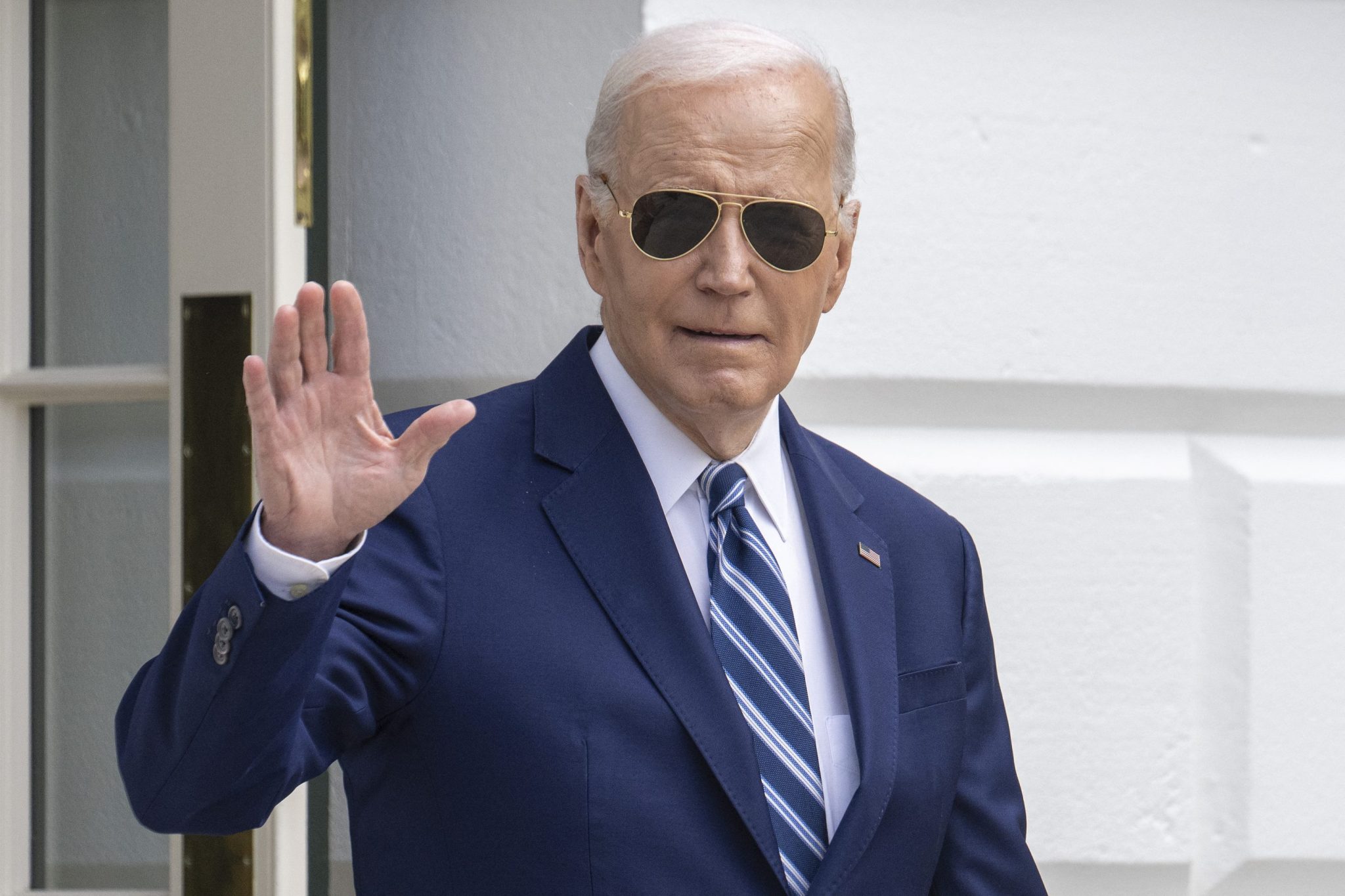Idaho might be known for its potato chips, but the Biden administration is making a big bet on a different kind of Idaho chip. The White House announced on Thursday a $6.1 billion grant to Micron, a Boise-based semiconductor company, the most recent in a flurry of payouts it’s made to leading chip makers through the Chips Act.
Two of the Chips Act’s biggest grants so far—to Korean tech company Samsung and Taiwanese manufacturer TSMC—have been incentives to get foreign companies to set up shop on U.S. soil. But backing Micron is an example of how the government is betting on domestic companies, many of which have been around since the dawn of industrial semiconductor development, to lead the charge in manufacturing.
Chips Act grants have been a key catalyst for massive private investment in semiconductors: Micron has already attracted $125 billion in private funds for the two factories, in Idaho and upstate New York, that it plans to build.
“This is a historic moment for semiconductor manufacturing in the U.S.,” Micron President and CEO Sanjay Mehrotra said in a press release. “Micron’s leading-edge memory is foundational to meeting the growing demands of artificial intelligence, and we are proud to be making significant memory manufacturing investments in the U.S., which will create many high-tech jobs.”
Micron is currently a relatively small player in the U.S. semiconductor industry, manufacturing just 2% of advanced chips. Once the new factories are operational, though, it expects to grow that market share to 10%, competing with the lines of Samsung, TSMC, and its American competitor Intel.
Micron was founded back in 1978, in the middle of a spike in demand for semiconductors as driven by a booming consumer electronics sector. Starting as a four-person operation in the basement of a dentist’s office in Boise, Micron designed and manufactured chips for appliances and PCs through the early ’80s and caught a big break when it secured a big investment from Idaho billionaire J.R. Simplot, a lifelong potato farmer and one of the U.S.’ richest men at the time.
Simplot’s capital enabled big growth—Micron went public in 1984 and joined the Fortune 500 a decade later. By 1998, it had acquired competitor Texas Instruments and was one of the largest digital memory producers in the world.
Over the next 20 years, though, it was challenged by an increasingly globalized semiconductor supply chain. The vertically integrated model Micron had followed from the start—designing, producing, and packaging all of its own chips in-house—proved less efficient than specialized companies such as Nvidia and TSMC, which focus on one specific step of the production process.
The two new factories Micron is building will be capable of manufacturing the advanced chips used in high-consumption applications such as AI. Currently, no American manufacturers are capable of producing these chips.
“Leading-edge memory chips are foundational to all advanced technologies, and thanks to President Biden’s leadership, America is rebuilding its capacity to produce these critical capabilities,” Secretary of Commerce Gina Raimondo said in a press release. “With this proposed investment, we are working to deliver on one of the core objectives of President Biden’s CHIPS program – onshoring the development and production of the most advanced memory semiconductor technology, which is crucial for safeguarding our leadership on artificial intelligence and protecting our economic and national security.”
Micron estimates its two new facilities will generate around 75,000 jobs over the following two decades. The two projects represent the largest single investments in both New York and Idaho history.

